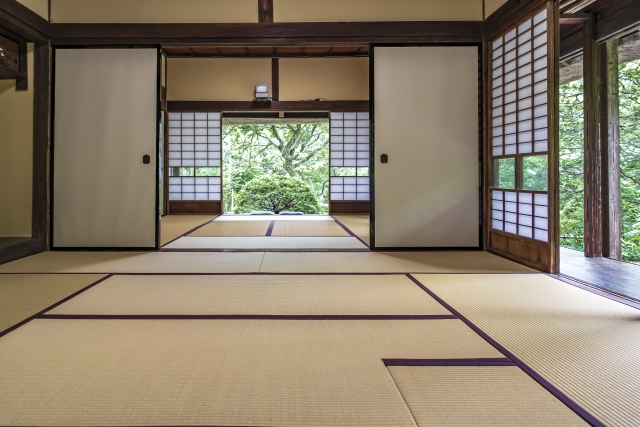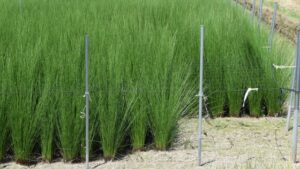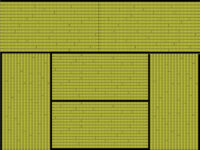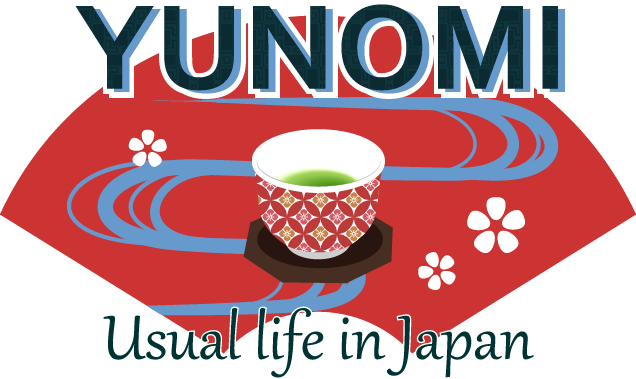When you step into a Japanese-style room, the first thing you feel is the soft give of tatami under your feet.
Its green scent, woven texture, and quiet presence have defined Japanese homes for centuries.
But tatami is far more than a type of flooring—it is a living material that reflects Japan’s climate, values, and way of life.
What Is Tatami?

Tatami is a traditional Japanese flooring material used in homes, temples, and inns for more than a thousand years.
A standard tatami mat is made of three parts: the tatami-omote (surface), tatami-doko (core), and tatami-beri (edging).
Tatami Structure: Three Parts with Three Roles
1. Tatami-omote (Surface)

The surface is woven from igusa (rush), giving tatami its signature fragrance and gentle feel.
Igusa naturally regulates humidity, purifies the air, and provides soft elasticity underfoot.
Modern alternatives such as synthetic fibers or pulp-based surfaces offer durability while preserving the look of traditional tatami.
2. Tatami-doko (Core)

The core determines the thickness and cushioning of tatami.
Traditional cores—wara-doko made from compressed rice straw—offer excellent insulation and breathability.
Due to cost and weight, newer cores made from wood chips or polystyrene foam are now common, providing lightness and soundproofing.
3. Tatami-beri (Edging)

The decorative fabric edge protects the mat and also expresses style.
From classic geometric patterns to minimalist designs, the tatami-beri subtly influences a room’s atmosphere.
Five Benefits That Make Tatami Perfect for Japanese Homes

1. Insulation and Heat Retention

Tatami’s thick core traps air like a natural insulator.
This keeps rooms cool in summer and warm in winter, reducing energy use and creating a comfortable indoor climate.
2. Humidity Control

A single tatami mat can absorb up to 500 ml of moisture.
It absorbs humidity during the rainy season and releases it in dry conditions, maintaining a balanced environment year-round.
3. Cushioning and Safety

Thanks to the elasticity of igusa and the tatami-doko, tatami acts as a natural cushion.
It softens footsteps and reduces the impact of falls, making it safe for children and the elderly.
4. Relaxing Color and Fragrance

The soft green color of fresh tatami and the scent of igusa create a calming atmosphere.
Studies show igusa can absorb harmful chemicals like nitrogen dioxide, helping purify indoor air.
5. Sound Absorption

Tatami reduces noise by absorbing vibrations and footsteps.
This makes it especially effective in apartments or multi-family homes.
Tatami Etiquette and Daily Care

Shoes—or even slippers—are never worn on tatami, as the surface is delicate and easily damaged.
Stepping on the tatami-beri (edge) is also considered impolite and may cause wear over time.
Heavy furniture can leave marks on tatami, so protective pads are recommended.
Room Size in “Tatami” Units

In Japan, room sizes are often described as “6 tatami” or “8 tatami.”
One tatami mat is about 1.62 m², but regional variations exist between eastern and western Japan.
This traditional measurement remains widely used today.
Tatami: Tradition, Comfort, and Japanese Sensibility

Tatami is more than flooring—it represents the Japanese way of harmonizing with nature.
Its gentle scent, soft texture, and seasonal adaptability create a space that feels both calm and alive.
Even in modern homes, tatami rooms offer a place to relax, meditate, or welcome guests—a quiet reminder of Japan’s enduring traditions.

